This article was medically reviewed by Sarah Gehrke, RN, MS. Sarah Gehrke is a Registered Nurse and Licensed Massage Therapist in Texas. Sarah has over 10 years of experience teaching and practicing phlebotomy and intravenous (IV) therapy using physical, psychological, and emotional support. She received her Massage Therapist License from the Amarillo Massage Therapy Institute in 2008 and a M.S. in Nursing from the University of Phoenix in 2013.
There are 14 references cited in this article, which can be found at the bottom of the page.
This article has been viewed 17,491 times.
Ovarian pain can be uncomfortable and unpleasant. In addition to this issue, you may experience other symptoms like pelvic pain, bloating, abdominal cramps, and inconstancy. Ovarian pain can be a symptom of ovulation or a more serious issue like an ovarian cyst or a condition called endometriosis.[1] You can do home care for ovarian pain caused by ovulation. You can also see your doctor for treatment for ovarian pain that is more severe.
Steps
Treating Menstrual Pain
-
1Apply a heating pad to the area. Heat can help to treat pain as it slows down the transmission of pain signals in your body. It also helps to relax tense tissue and muscles. Put a heating pad wrapped in a thin towel over your lower abdomen to help ease the pain. Leave the heating pad on for 20-30 minutes at a time.[2]
- If you suspect you have a ruptured ovarian cyst, avoid putting heat on this area, as a heating pad will make the inflammation worse. If you have a ruptured cyst, you may feel mild to sharp abdominal pain, nausea, breast tenderness, and lower back pain. Ruptured cysts are life-threatening, so you should seek immediate medical treatment.[3]
-
2Put an ice pack on the area. Some women find that cold may also ease ovarian pain, though many women find heat to be more effective. Wrap the ice pack in a towel before placing it on the affected area. Leave the ice pack on for 20-30 minutes at a time.
- You can try alternating between a heating pad and an ice pack every 20-30 minutes to help reduce the pain. Some find alternating between hot and cold is effective.
Advertisement -
3Wear loose clothing. Ovarian pain can lead to bloating and discomfort in your abdominal area. Put on clothing made of breathable materials like cotton or linen. Wear loose pants and tops that will not squeeze or constrict your body.
-
4Take over-the-counter pain relievers. Get acetaminophen or ibuprofen tablets at your nearest drugstore and take them at home to reduce your ovarian pain. Follow the dosage instructions on the label. Never exceed the recommended amount.[4]
-
5Do deep breathing. Try closing your eyes and sitting or lying down in a quiet, low lit space. Inhale through your nose for a count of 4. Then, exhale through your nose for a count of 4. Continue to do this for 2 to 4 minutes.[5]
- Deep breathing can help to reduce feelings of stress and anxiety that can accompany ovarian pain.
- You can try doing deep breathing in a relaxing yoga class to help with your ovarian pain. Feel free to adjust your yoga practice as you see fit based on your symptoms. For instance, you may want to avoid inversions when you are menstruating.
-
6Get enough rest. Try not to do any strenuous activities like working out or running. Do not lift any heavy objects. Lay down and rest as much as you can so your body can recover from the pain.[6]
- In some cases, gentle exercises like walking or stretching can be okay as long as they do not make your pain worse.
Addressing Severe or Chronic Ovarian Pain
-
1Ask your doctor for prescription pain medication. If you’re experiencing severe ovarian pain, your doctor can prescribe pain medication that is stronger than over-the-counter medication. Follow your doctor’s instructions on dosage and never exceed the recommended dose.[7]
- Keep in mind prescription pain medication can be addictive. Only take prescription pain medication when absolutely necessary.[8]
-
2Talk to your doctor about taking birth control. Birth control will stop you from ovulating, which can then help to reduce your ovarian pain. It may also prevent painful ovarian cysts from forming.[9] Make sure you discuss the possible side effects of taking birth control before you go for this option.[10]
- This option is usually suggested if you get chronic ovarian cysts or if you have endometriosis.
- Your doctor may recommend a certain brand and type of birth control for you based on your medical history and needs. You may need to try several brands or types of birth control to find the right one for you.
-
3Consider ovarian surgery. If your ovarian issue is due to an enlarged ovarian cyst, you may experience chronic and severe pain in your ovaries. Your doctor may recommend surgery to remove the enlarged cyst so it does not get worse or become cancerous.[11]
- Your doctor should outline all the possible risks of the surgery before proceeding.
- Recovery time after surgery to remove ovarian cysts is usually several weeks. Your ovarian pain should go away once the cyst is removed.
Making Dietary Changes
-
1Avoid foods that may cause bloating. Bloating can make you more uncomfortable when you have ovarian pain. Limit your intake of cruciferous vegetables, beans and legumes, wheat, barley, rye, dairy, apples, and sugar alcohol.[12]
- Foods that are low in sugar and carbohydrates, like fermentable oligosaccharides, disaccharides, monosaccharides and polyols (or FODMAPs) may cause more bloating than other foods.
-
2Stay away from spicy foods. Spicy foods can aggravate your stomach and make you feel more bloated. Avoid foods that contain peppers and other spicy ingredients when you have ovarian pain due to menstruation.
-
3Drink herbal teas. Try having chamomile, mint, raspberry, or blackberry tea to help soothe your painful muscles and relax you. This is a good option if you have ovarian pain due to menstruation.[13]
- Rose hip tea is also a good option, as different rose hip species have been shown to help with inflammation and pain.[14]
-
4Take vitamin supplements. Vitamin D supplements and fish oil supplements may help to reduce your ovarian pain, especially if it is recurring. Look for supplements at your local health food store or online.[15]
- Make sure the supplements come from a trustworthy supplier. The supplier should have their contact information on the label as well as proof of third party testing.
- Check the ingredients on the label to ensure the supplements do not contain any additives, preservatives, or dyes.
References
- ↑ https://www.womenshealth.gov/a-z-topics/endometriosis
- ↑ https://www.nhs.uk/conditions/period-pain/
- ↑ https://www.hopkinsmedicine.org/healthlibrary/test_procedures/gynecology/management_of_ruptured_ovarian_cyst_135,346
- ↑ http://www.nhs.uk/Conditions/Periods-painful/Pages/Introduction.aspx
- ↑ https://www.uofmhealth.org/health-library/uz2255
- ↑ https://medlineplus.gov/periodpain.html
- ↑ https://medlineplus.gov/periodpain.html
- ↑ https://www.drugabuse.gov/publications/drugfacts/prescription-opioids
- ↑ https://www.womenshealth.gov/a-z-topics/ovarian-cysts
- ↑ https://www.plannedparenthood.org/learn/birth-control/birth-control-pill/what-are-the-disadvantages-of-the-pill
- ↑ https://www.nhs.uk/conditions/ovarian-cyst/treatment/
- ↑ https://www.hopkinsmedicine.org/health/wellness-and-prevention/bloating-causes-and-prevention-tips
- ↑ http://www.uofmhealth.org/health-library/hw181644#hw181772
- ↑ https://www.ncbi.nlm.nih.gov/pmc/articles/PMC3964428/
- ↑ https://www.ncbi.nlm.nih.gov/pmc/articles/PMC3239848/
-Step-11.webp)
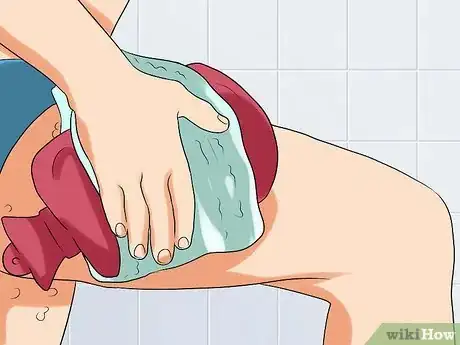
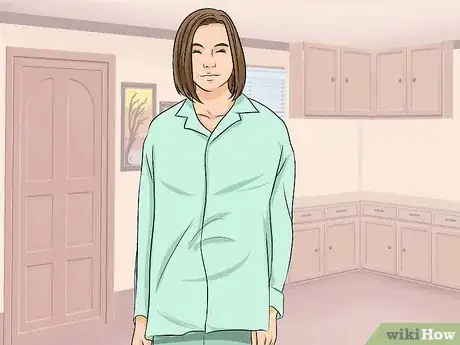
-Step-6-Version-2.webp)
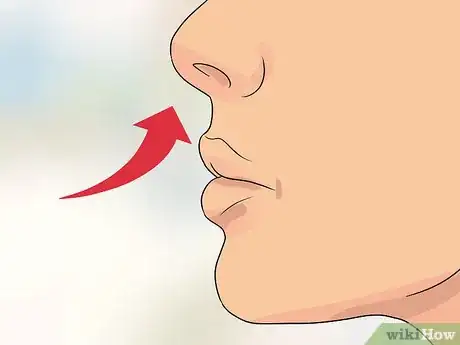
-Step-18-Version-2.webp)
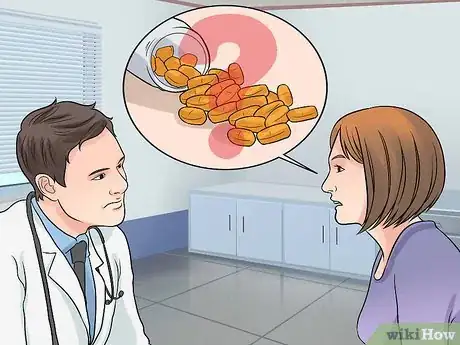

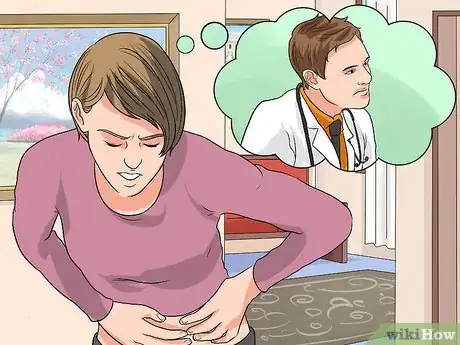
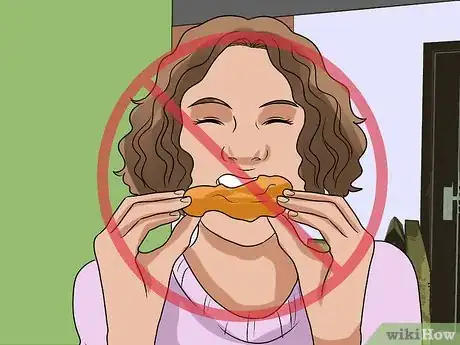
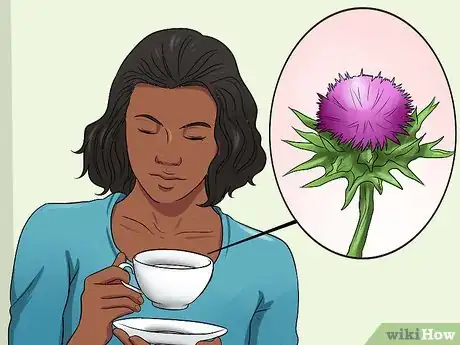
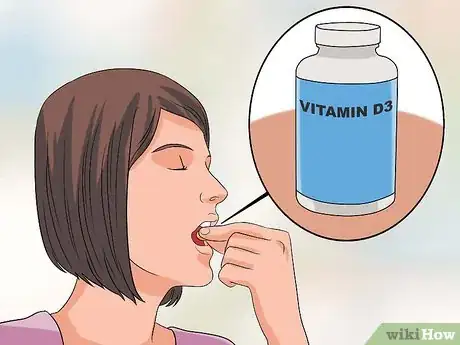
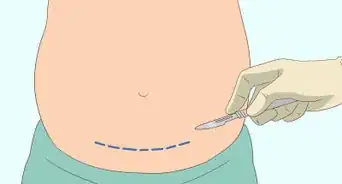


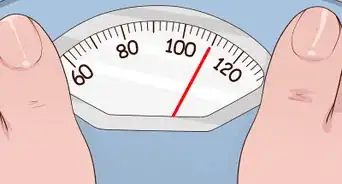
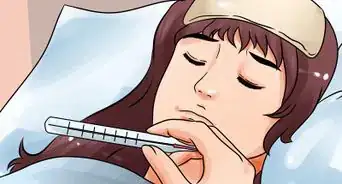

-Step-11.webp)

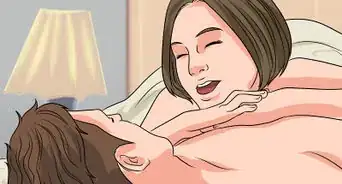
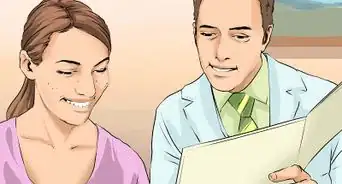
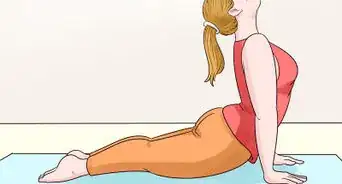
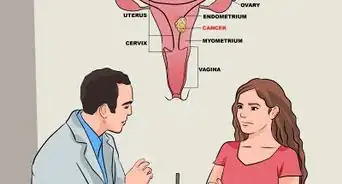









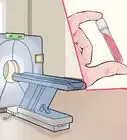
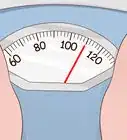



































Medical Disclaimer
The content of this article is not intended to be a substitute for professional medical advice, examination, diagnosis, or treatment. You should always contact your doctor or other qualified healthcare professional before starting, changing, or stopping any kind of health treatment.
Read More...